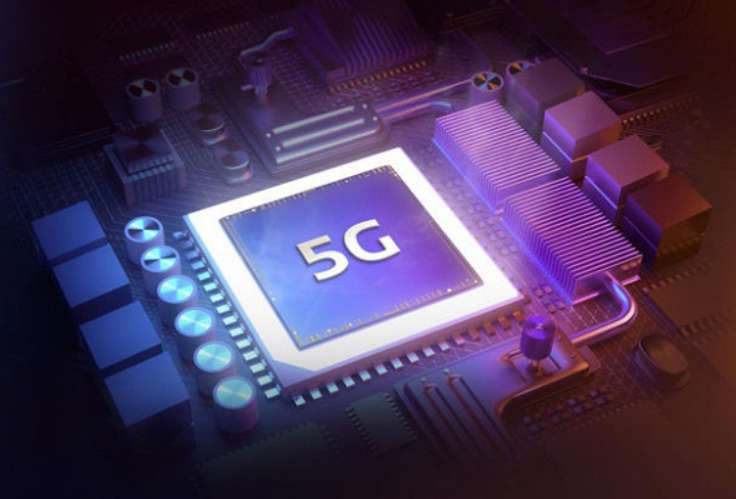How to Use a 3D Printer for Science Purposes
The development and widespread use of 3D printers can surely determine the future of science as we know it. Now, more scientists are discovering ways to utilize 3D printers in their work and research. In fact, numerous scientific fields have already been using 3D printers for almost a decade now. Many of those fields have achieved significant results due to their reliance on 3D printers technology. However, how exactly do scientists use the given technology in their fields? Let’s see how to use 3D printers for science purposes.
The advantages of 3D printers
First of all, let’s start by debunking common misconceptions about 3D printers. For example, this technology is not as expensive as people may think it is. In fact, the cheapest models available on the market can cost as little as $150, which is really nothing compared to the most scientific equipment out there. Secondly, these machines are easy to use, manage and maintain. Do people need to do some learning before using 3D printers? Sure. But that’s the truth about scientific equipment. In addition, one can find an extensive database with many designs used in various science fields which are often shared for free.
Also, 3D printers are great tools to have ‘on the go.’ Thus, scientists whose research and studies require traveling are now able to bring such technology with them and use it for various purposes, from making special tools to creating prototypes and more. Most modern printers are rather small in size and capable of surviving long-distance travel if handled with care.
Another bonus is that for the most part materials for 3D printers are relatively cheap and accessible. Hence, the cost for the material will always be smaller than the purchase of the existing equipment on the market.
How do scientists use 3D printers?
There are numerous ways scientists can use 3D printers for work. Most often, scientists have 3D printers to develop equipment, study models, or prototypes for research. However, certain fields have brought 3D printers to a whole new level. Let’s see some of the examples.
Creating equipment
As we have briefly mentioned above, scientific equipment is expensive. Moreover, it can also be unavailable to many or take much time to get purchased and delivered, especially for scientists in certain distant regions. However, 3D printers can change that notion. Many scientists have discovered ways to create their own necessary equipment using 3D printers.
It’s cheap, accessible, and fast. Moreover, these days they don’t have to design such projects themselves. Using an open-source design community, scientists can find the files to make most lab hardware themselves. Such an approach can save a lot of research money and even speed up the progress in the lab. Moreover, such usage is also much more environmentally friendly, as 3D printer materials don’t have to contain oil, unlike many existing lab pieces of equipment that are made of plastic.
Medical field
Perhaps, we have all heard the most extraordinary things about the usage of 3D printers in the medical field. This technology allowed thousands of people to receive transplants and prosthetics. Indeed, 3D printing makes it possible to create human organs using people’s cells for better compatibility and chances of successful operations. As a result, 3D printers can really change the future of transplant medicine, where we won’t rely on real organs and donors but technology instead.
The prosthetic industry is another area that may face some drastic changes in the near future. The majority of existing prosthetics available for purchase are rather expensive. However, with 3D printers, a short time to manufacture a prosthetic, and low material cost, the industry will soon have to switch to this new solution.
Food science
In addition, scientists have found quite an unexpected way to use 3D printers. Today, this technology is commonly used in creating synthetic food. Indeed, such an approach to food science is rather revolutionary and yet it has already given us hope for the future. With the constant increase of the population, food shortages are quite a certain prediction for the future of humankind. However, perhaps, 3D printers can change the way we look at food and its production.
Today, scientists have already achieved high results in creating edible products with this technology. It’s probably too early to judge on the quality or taste of the achieved results, but we already know that the potential for going further with this concept is there to research. You may even seek some studies about it or order a paper online. However, checking the https://writepaperfor.me/pay-someone-to-do-my-homework page and reading multiple reviews about the most up-to-date services is a must. Many academic writers will be glad to help. Still, you should be attentive to detail in order to deal with experienced and professional scholars only.
Bottom line
It’s time humanity takes a good look at 3D printers and finds them a truly useful place in the world. Science seems like the best fit for this incredible and so underrated technology. With a little bit of time and investment, these machines can actually change the world for the better.




